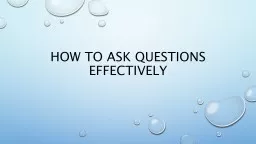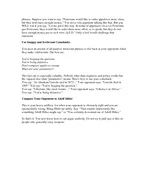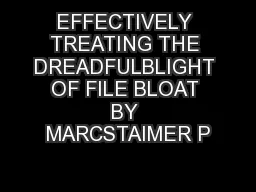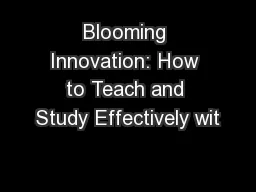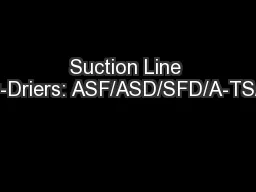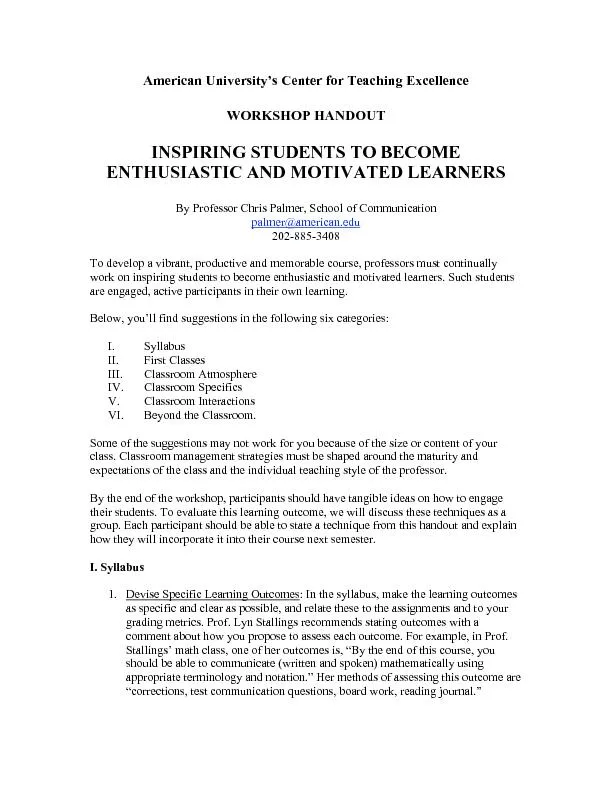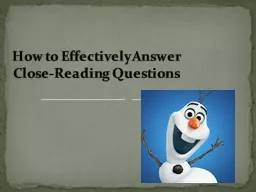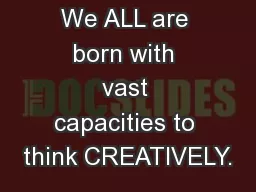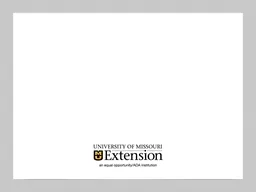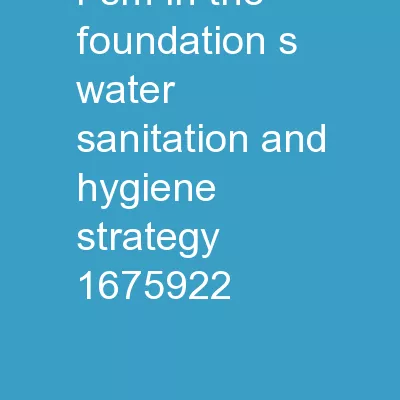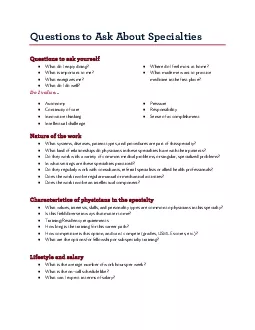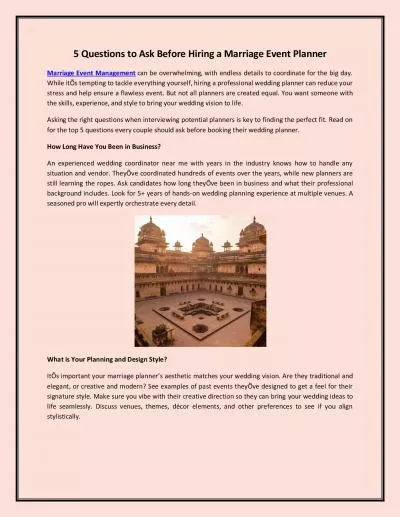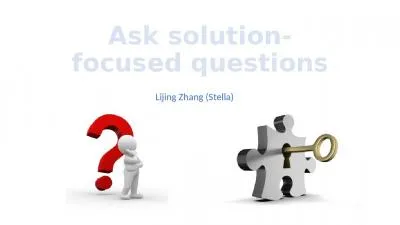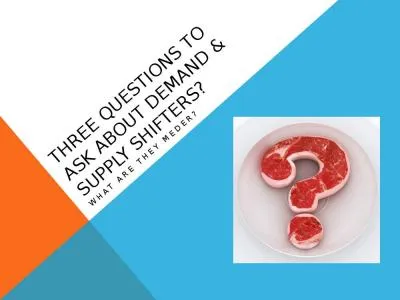PPT-How to ask questions effectively
Author : tawny-fly | Published Date : 2018-12-29
College Prep I CLOSED QUESTIONS A closed question usually receives a single word or very short factual answer Are you thirsty The answer is Yes or No Where do
Presentation Embed Code
Download Presentation
Download Presentation The PPT/PDF document "How to ask questions effectively" is the property of its rightful owner. Permission is granted to download and print the materials on this website for personal, non-commercial use only, and to display it on your personal computer provided you do not modify the materials and that you retain all copyright notices contained in the materials. By downloading content from our website, you accept the terms of this agreement.
How to ask questions effectively: Transcript
Download Rules Of Document
"How to ask questions effectively"The content belongs to its owner. You may download and print it for personal use, without modification, and keep all copyright notices. By downloading, you agree to these terms.
Related Documents

